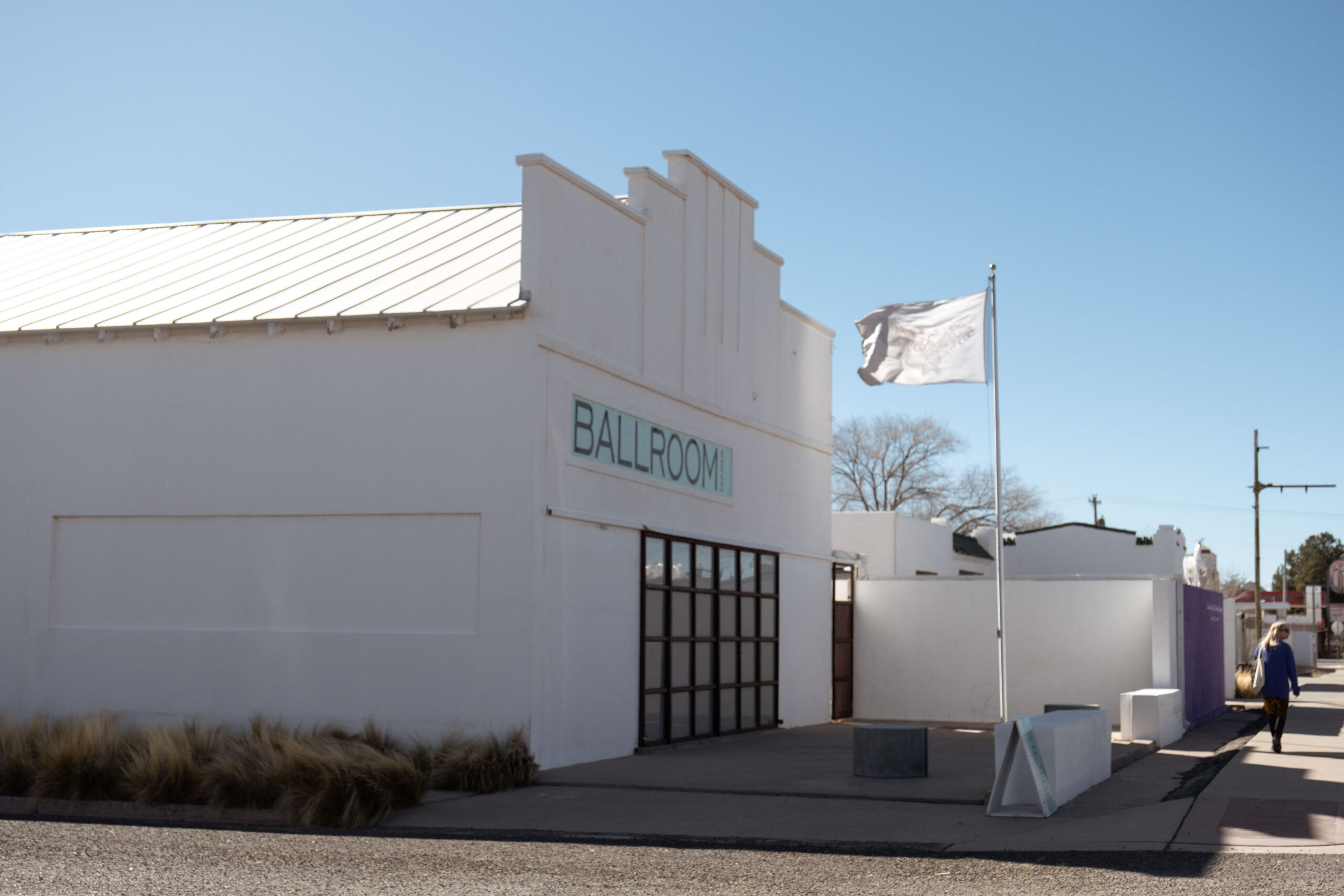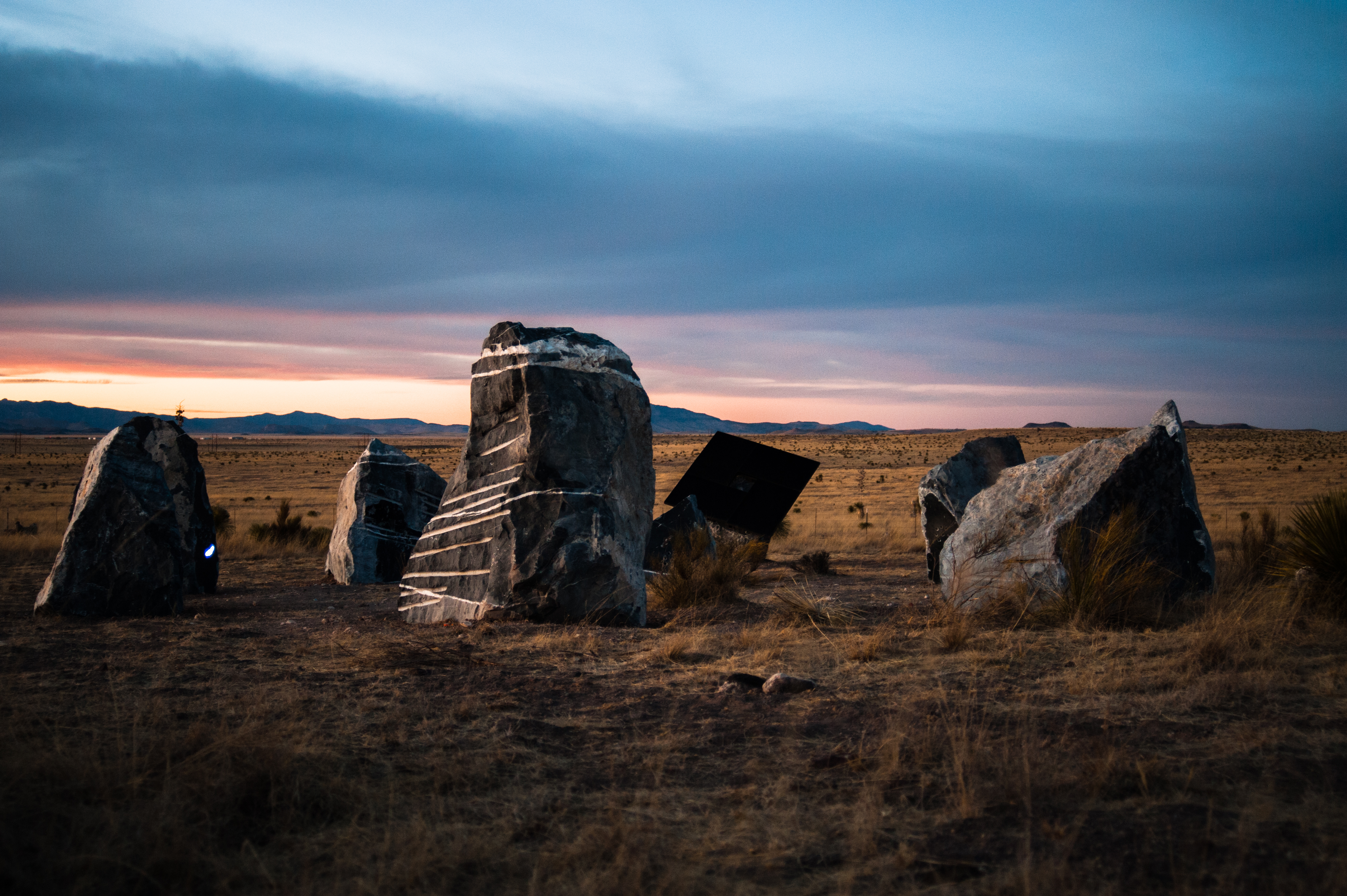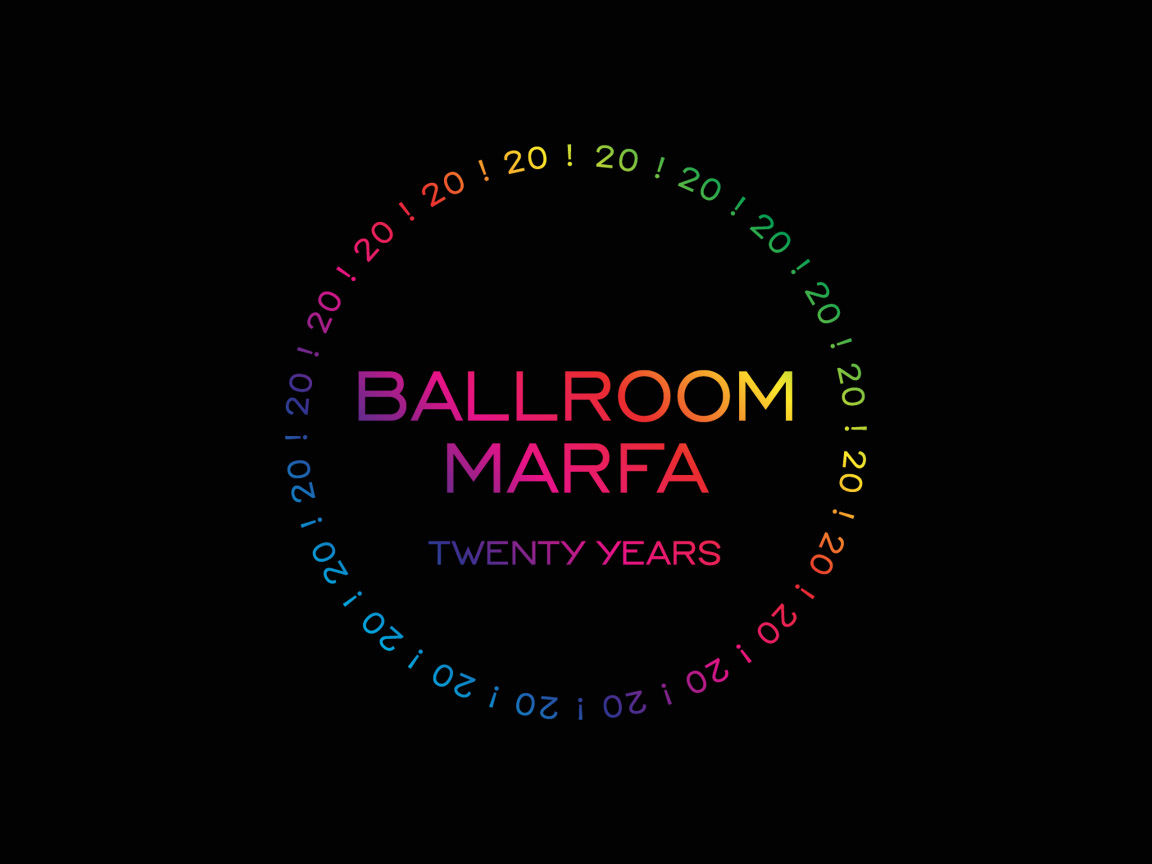“Movie Mountain (Méliès)” in the Hudspeth County Herald
20 Feb 2014

Movie Mountain (Méliès), 2011
Production still
High definition video with sound
Drew Stuart, editor of the Hudspeth County Herald, writes about the 2011 installation of Teresa Hubbard and Alexander Birchler’s Movie Mountain (Méliès) at the Tanya Bonakdar Gallery, New York. The film documents the forgotten history of an otherwise unremarkable geographic feature outside of Sierra Blanca, and Stuart speaks with John Elder, one of the Hudspeth County residents participating in the project. Movie Mountain (Méliès) will screen alongside 2009’s Grand Paris Texas and the premiere of the Ballroom Marfa-commissioned Giant as part of Sound Speed Marker, opening here in Marfa on February 28, 2014.
From the January 28, 2011 edition of the Herald …
Featuring Sierra Blanca Residents, Movie Mountain Film Screens in Manhattan
This month and next a group of Sierra Blanca-area residents are making their presence felt almost 2,000 miles, in a rather unlikely location: a gallery in New York City’s Chelsea neighborhood.
Méliès, a film by Teresa Hubbard and Alexander Birchler, opened at the Tanya Bonakdar Gallery Jan. 8, and screenings will continue through Feb. 5. The film focuses on Movie Mountain, an unassuming peak northeast of Sierra Blanca; the film uses conversations with local residents to explore that peak’s somewhat shadowy connection to the silent-movie era.
Hudspeth County residents included in the 24-minute movie include David Armstrong, Kit Bramblett, John Elder, Tom D. Ellison, Gary Jennings, Ben Lowry, Julio Marta, Sara Marta, Tom Neely, Christina Ramirez and James Rush. The New York Times printed a positive review of the film on Jan. 13, describing it as “beautifully made.”
Located on old McAdoo ranch land, the peak has been known as Movie Mountain for many decades. According to local lore, a silent-film crew shot footage at the hill in the early part of the 20th century. Local memories of the filming are scant on details, and footage from a film at Movie Mountain has not been found or identified.
Hubbard and Birchler set out to uncover the history of the mountain’s name and, over the course of a year, filmed interviews with the local residents, several of whom described relatives who’d said they’d appeared as extras in the silent movie. The film also includes footage of a group of local folks riding horseback to Movie Mountain.
In their research, Hubbard and Birchler hit upon a bit of a history that could explain Movie Mountain’s name. The filmmakers learned that, in 1911, a movie man named Gaston Méliès had relocated his failing film company from San Antonio to California, taking the Sunset Express Train across the Southwest. Hubbard and Birchler’s research suggests that Méliès and his company interrupted their trip in Sierra Blanca – and got off the train to film a movie. Gaston Méliès was the brother and business partner of George Méliès, a French filmmaker famous for pioneering many special-effect and narrative techniques in the early cinema.
John Elder, who was instrumental in connecting the filmmakers to the project and was interviewed for the film, said his grandfather told him a little about the silent-movie filming. Elder said his grandfather told him the filmmakers “had a fellow in a coonskin cap, which he thought was pretty funny.”
Elder said the two filmmakers “like out of the way places” and had originally been interested in learning more about Sierra Blanca’s defunct movie house. (In 2009, Hubbard and Birchler released Grand Paris Texas, which was centered on Paris, Texas’ abandoned movie theater, the Grand.) But the two had connected with Elder’s son, Joe, and spent the night at the Elders’ home on the western edge of the Sierra Diablo.




